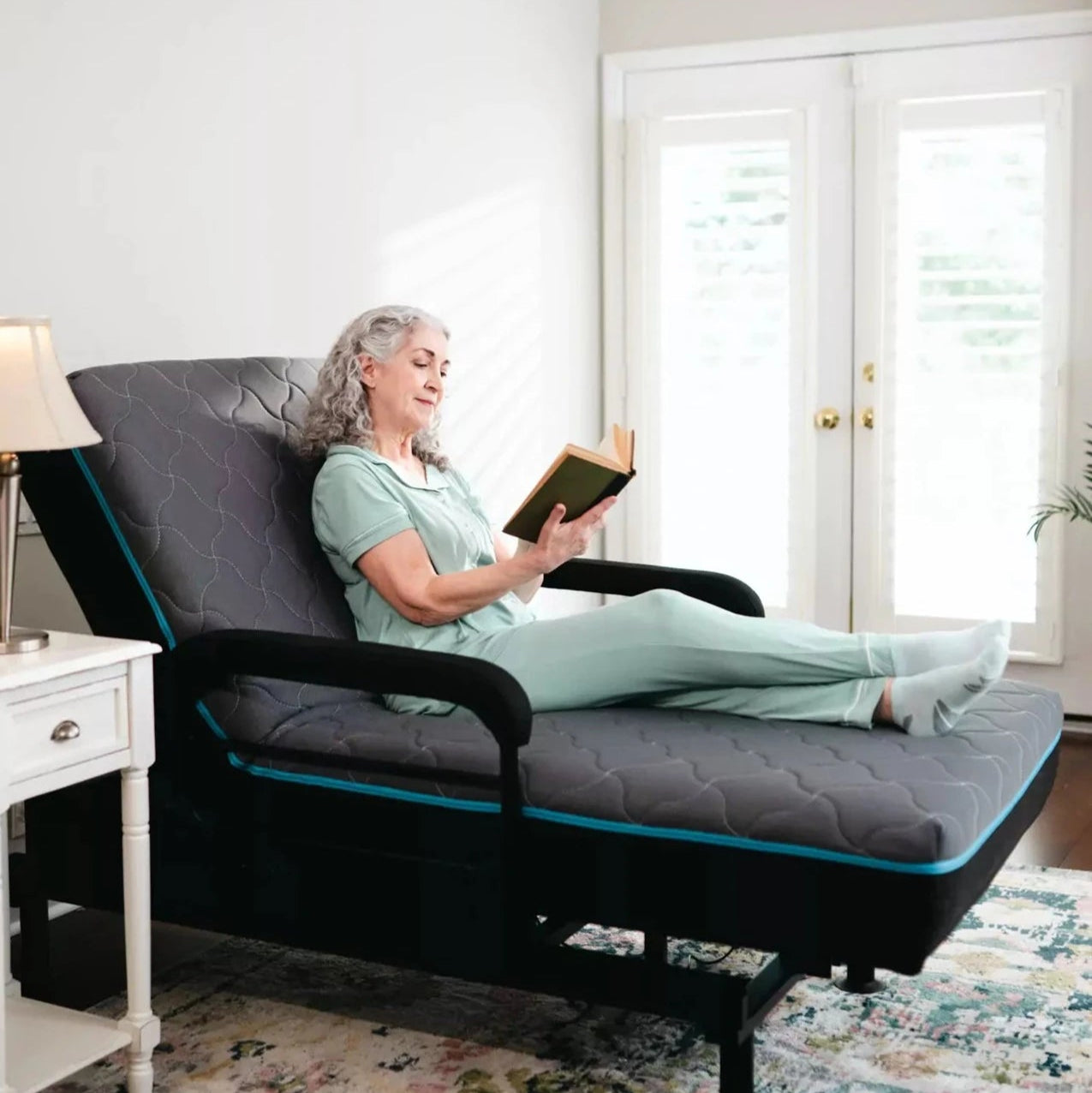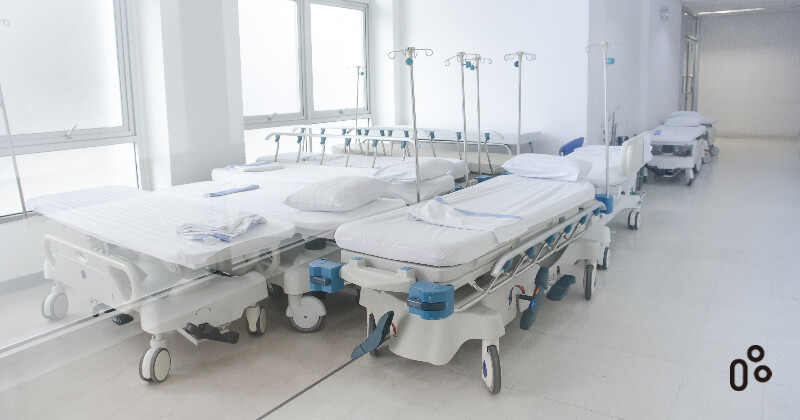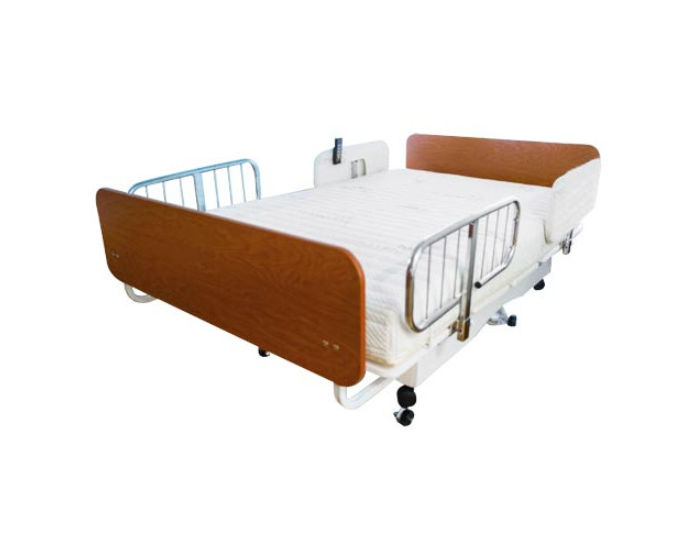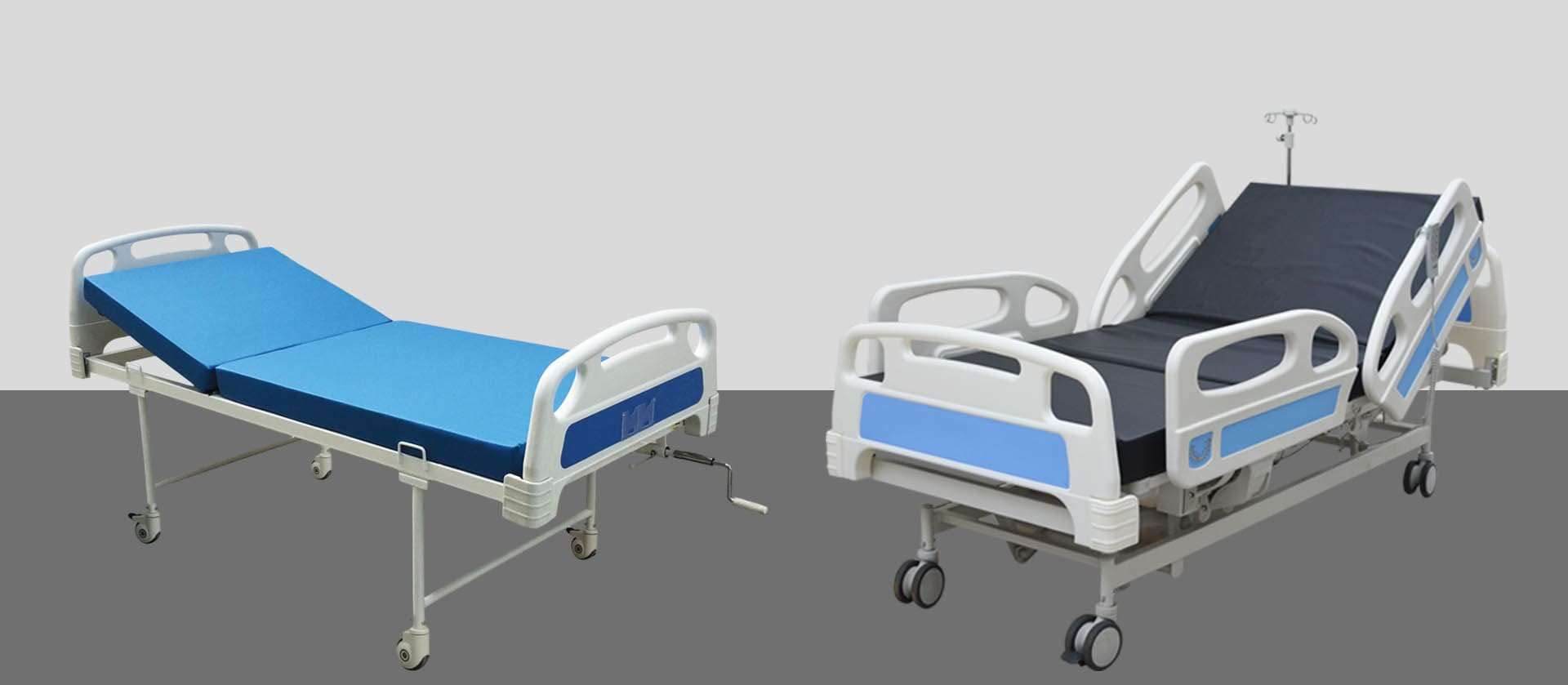Hospital Beds For Home Use Fundamentals Explained
Hospital Beds For Home Use Fundamentals Explained
Blog Article
Get This Report about Hospital Beds For Home Use
Table of Contents9 Simple Techniques For Hospital Beds For Home UseThe Best Guide To Hospital Beds For Home UseThe Ultimate Guide To Hospital Beds For Home UseExamine This Report about Hospital Beds For Home UseHospital Beds For Home Use for BeginnersThe Facts About Hospital Beds For Home Use UncoveredThe Only Guide to Hospital Beds For Home Use
There are three primary kinds of medical facility beds: manual, semi-electric, and fully-electric. These beds utilize hand cranks to change the bed's elevation and increase and decrease the head and the foot.
Semi-electric beds have an electric motor to increase and reduce the head and foot sections of the bed. People and caretakers adjust the positioning by pressing buttons making use of a hand necklace. The elevation of the bed is readjusted by hand with a hand crank. Full-electric beds have an electric motor that can increase the head and foot sections of the bed in addition to the whole elevation and positioning of the bed.
The Greatest Guide To Hospital Beds For Home Use
Some versions can also move right into more positions, such as the Trendelenburg (tilt) position. There are numerous kinds of health center beds, each designed to fulfill certain client needs. Here are some usual types: This is one of the most typical sort of health center bed, created for general medical usage. It has a manual or electrically adjustable headrest, footrest, and height.
Lower to the ground than a conventional bed. This kind of bed is developed for bigger clients, with a larger structure and greater weight ability than a common bed. This kind of bed is created specifically for youngsters, with smaller sizes than a standard bed. Special attributes such as full length side rails and animation design.
This kind of bed is developed for seriously unwell people who need open surveillance and specialized medical tools such as ventilators and infusion pumps. This kind of bed is developed for usage throughout labor and delivery, with adjustable positions and attributes to sustain the mother and infant throughout the birth procedure.
How Hospital Beds For Home Use can Save You Time, Stress, and Money.
Multiple function and the devices execute increasing traction to different components of the vertebra and the extremities without relocating the body. These are simply a couple of examples of the types of medical facility beds offered. The particular sort of bed used will rely on the individual's condition, clinical requirements, and various other aspects.
Right here is the important things you need to understand. A one-function healthcare facility bed is a medical bed that allows a patient to move just the head or foot section up or down. A 2 function healthcare facility bed typically describes a type of medical bed that has 2 adjustable features to aid individuals in healthcare facilities or care facilities.

10 Simple Techniques For Hospital Beds For Home Use
A 7-function ICU bed is a kind of clinical bed that offers numerous adjustable functions to support critically unwell patients in a critical care unit (ICU) (hospital beds for home use). The seven functions usually consist of: Back-rest change: The back-rest can be readjusted to various angles to help the client sit up or lie down conveniently
Height modification: The bed can be raised or lowered to make it much easier for individuals to get in and out of bed, and for caretakers to provide treatment. Trendelenburg placement: The whole bed address can be slanted to advertise blood flow and flow in the body. Reverse Trendelenburg setting: The bed can also be tilted in the contrary direction to advertise blood circulation and flow in the top body.
While more affordable than electric versions, these beds require physical initiative for adjustments. The major benefits of manual beds are their price and integrity, as they do not depend on electricity. However, the demand for manual initiative can be a restriction in circumstances where quick adjustments are required or where caretakers deal with physical obstacles.
See This Report on Hospital Beds For Home Use
They are fit for clients who require marginal repositioning for comfort or medical needs. Semi-electric medical facility beds offer an equilibrium of guidebook and electrical controls. The head and foot sections are typically changed with electric controls, while the height is readjusted manually. These beds offer an excellent center ground in between manual and fully electrical alternatives, providing convenience of usage without the complete price of electric models.
Semi-electric beds are appropriate for people that require moderate changes to the head and foot areas but can manage without constant elevation adjustments. This makes them a cost-effective remedy for those seeking comfort and convenience without the my response need for constant repositioning. Completely electric medical facility beds feature electric controls for smooth modifications to the height, head, and foot areas.
Specialty medical facility beds, such as ICU beds, long-lasting treatment beds, and bariatric beds, are thoroughly designed to resolve particular medical needs. These beds supply tailored treatment for diverse patient teams, boosting both end results and convenience. In the following sections, we will discover the primary kinds of specialty medical facility beds, outlining their details benefits and applications.
With years of experience in making electrical linear actuators - hospital beds for home use and close cooperation with the health care sector, TiMOTION is well-positioned to offer dependable health care services. Our up and down integrated business handles every action of the production process, from style to actuator setting up, guaranteeing we supply exceptional worth and personalized options tailored to your particular demands
What Does Hospital Beds For Home Use Mean?

For more information about integrating these technologies right into your products, contact us today. More reading:.
Information is sourced from the Medicare Expense Record. Accessed January 2025. Temporary intense care hospitals have the highest typical variety of beds at 187. They are the most common type of healthcare facility in the united state and comprise greater than 50% of united state medical facilities. Children's medical facilities have 178 beds usually and VA healthcare facilities average 175 beds.

How Hospital Beds For Home Use can Save You Time, Stress, and Money.
A medical facility bed is a bed developed especially for medical objectives. It is not only a place for patients to relax, find out here but also a platform for medical operations. Unlike normal home beds, medical facility beds usually have flexible features, which can assist in medical staff to make different modifications according to the needs of people, such as altering the elevation, inclination, and assistance angle of the back and legs of the bed.
Report this page